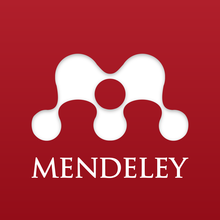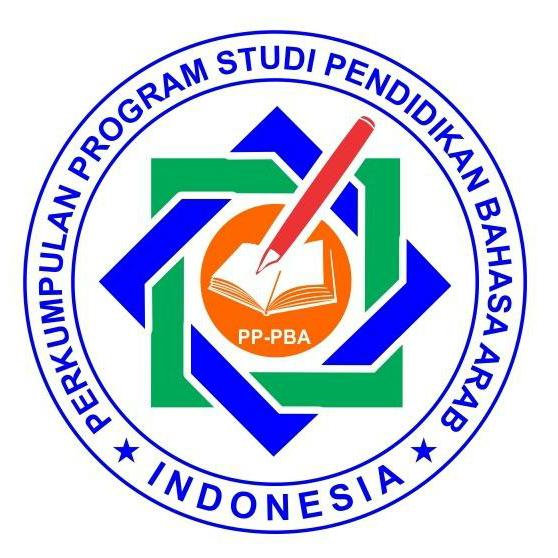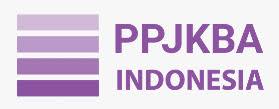Pembelajaran Bahasa Arab dan Dinamika Wacana Bahasa: Studi Komparasi Teori Al-Sulūkiyyah dan Al-ʽAqliyyah antara Teks dan Konteks
DOI:
https://doi.org/10.37680/aphorisme.v1i1.316Keywords:
Arabic Learning, Behaviorism theory, mentalism theoryAbstract
Learning is an aid given by educators to enable the process of acquisition of knowledge and knowledge, mastery of skills and character, as well as the formation of students' attitudes and self-confidence. Where as Arabic is a discipline that consists of various aspects of the main skills in it. The main skill aspects include listening skills (Mahārah al-Istimā '), speaking skills (Mahārah al-Kalām), reading skills (Mahārah al-qirāʼah), and writing skills (Mahārah al-Kitābah). From these definitions it can be concluded that learning Arabic is an activity of transfer of knowledge carried out by educators towards students about Arabic with all its aspects in a particular learning environment. Today there are many expert opinions related to Arabic learning theory. There are theories that seem mutually supportive of one another, there is also the opposite, contradictory. But that is the essence of theory, nothing is eternal, if there is a new theory that proves the error of the old theory then the old one will immediately be abandoned. Theory of Behaviorism (al-sulūkiyyah) and the theory of Mentalism (al-ʽaqliyyah) are theories that contradict each other or differ in perspectives in viewing language learning processes. Behaviorism theory pioneered by Skinner holds that language learning is a matter of stimulus, response, repetition, and reward. The language learning process can take place well if the response is repeated correctly. In contrast to the theory of mentalism pioneered by Noam Chomsky. This theory holds that language learning is not only a matter of stimulus, response, repetition, and reward alone. But it needs to involve a process of reason. For Chomsky, giving external stimuli and responses is impossible to determine language behavior, which is capable of taking responsibility for language behavior is only the innate ability of individual language learners.
References
Arsyad, A. (2003). Bahasa Arab dan Metode Pengajarannya. Pustaka Pelajar.
Dimyati, & Mudjiono. (2009). Belajar dan Pembelajaran. PT Rineka Cipta.
Fahriyatul Fahyuni, eni, & Istikomah, I. (2016). Psikologi Belajar dan Mengajar. Nizamia Learning Center.
Haryanto, B. (2004). Psikologi Pendidikan dan Pengenalan Teori-Teori Belajar. Universitas Muhammadiyah Sidoarjo.
Hermawan, A. (2011). Metodologi Pembelajaran Bahasa Arab. PT Remaja Rosdakarya.
Hermawan, A. (2018). Metodologi Pembelajaran Bahasa Arab. PT Remaja Rosdakarya.
Irwan Nahar, N. (2016). PENERAPAN TEORI BELAJAR BEHAVIORISTIK DALAM PROSES PEMBELAJARAN. Nusantara. Jurnal Ilmu Pengetahuan Sosial, 1.
Iswanto, R. (2017). Pembelajaran Bahasa Arab Dengan Pemanfaatan Teknologi. Arabiyatuna, Vol. 1 No. 2.
J Moleong, L. (2000). Metodologi Penelitian Kualitatif. Remaja Rosdakarya.
Jahja, Y. (2013). Psikologi Perkembangan. Kencana Prenamadia Group.
Latifah, D. (2016). TEORI BELAJAR DAN PENERAPANNYA DALAM PEMBELAJARAN BAHASA ARAB [Artikel Ilmiah]. Konferensi Nasional Bahasa Arab II, Malang. file:///C:/Users/LENOVO/Downloads/88-168-1-SM.pdf
Mahmudi, M. (2016). PENERAPAN TEORI BEHAVIORISTIK DALAM PEMBELAJARAN BAHASA ARAB (KAJIAN TERHADAP PEMIKIRAN BF. SKINNER) [Artikel Ilmiah]. Konferensi Nasional Bahasa Arab II, Malang. file:///C:/Users/LENOVO/Downloads/89-170-1-SM.pdf
Masnun, M. (2018). TEORI LINGUISTIK DAN PSIKOLOGI DALAM PENGAJARAN BAHASA ARAB DI LEMBAGA PENDIDIKAN ISLAM. Jurnal Pendidikan Islam, Vol. 8 No. 1.
Mungin, B. (2008). Metodologe Penelitian Kuantitatif: Komunikasi, Ekonomi, dan Kebijakan Publik serta Ilmu-Ilmu Sosial Lainnya. Kencana.
Mungin, B. (2011). Metodologi Penelitian Sosial: Format-format Kuantitatif dan Kualitatif. Air Langga Univercity Press.
Nur, J. (2015). KONSEP NADZARIYYAH ALWIHDAH DALAM PEMBELAJARAN BAHASA ARAB. Al-Ta’dib, Vol. 8 No. 1.
Sagala, S. (2001). Konsep dan Makna Pembelajaran. Alfabeta.
Suardi, M. (2018). Belajar & Pembelajaran. CV. Budi Utama.
Sugiyono, S. (2012). Memahami Penelitian Kualitatif. Alfabeta.
Surachmat, W. (1982). Pengantar Penelitian Ilmiah. PT Tarsito.
Suryabrata, S. (2009). Metode Penelitian. PT Raja Grafindo Persada.
Tanzeh, A. (2004). Metode PenelitianPraktis. PT Bina Ilmu.
Thoha, M. (2012). PEMBELAJARAN BAHASA ARAB DENGAN PENDEKATAN MANAJEMEN BERBASIS SEKOLAH. OKARA, 1.
Undang-undang RI Nomor 20. (2003). Undang-Undang Republik Indonesia Nomor 20 Tahun 2003 Tentang Sistem Pendidikan Nasional.
Usman, H., & Setiadi Usman, P. (2011). Pengantar Statistika. Bumi Aksara.
Yusuf, S. (2011). Teori Kepribadian. PT Remaja Rosdakarya.
Downloads
Published
Issue
Section
License
Authors who publish with this journal agree to the following terms:
Authors retain copyright and grant the journal right of first publication with the work simultaneously licensed under a Creative Commons Attribution-NonCommercial 4.0 International License that allows others to share the work with an acknowledgement of the work's authorship and initial publication in this journal.
Authors are able to enter into separate, additional contractual arrangements for the non-exclusive distribution of the journal's published version of the work (e.g., post it to an institutional repository or publish it in a book), with an acknowledgement of its initial publication in this journal.
Authors are permitted and encouraged to post their work online (e.g., in institutional repositories or on their website) prior to and during the submission process, as it can lead to productive exchanges, as well as earlier and greater citation of published work.





.jpg)


1.jpg)
